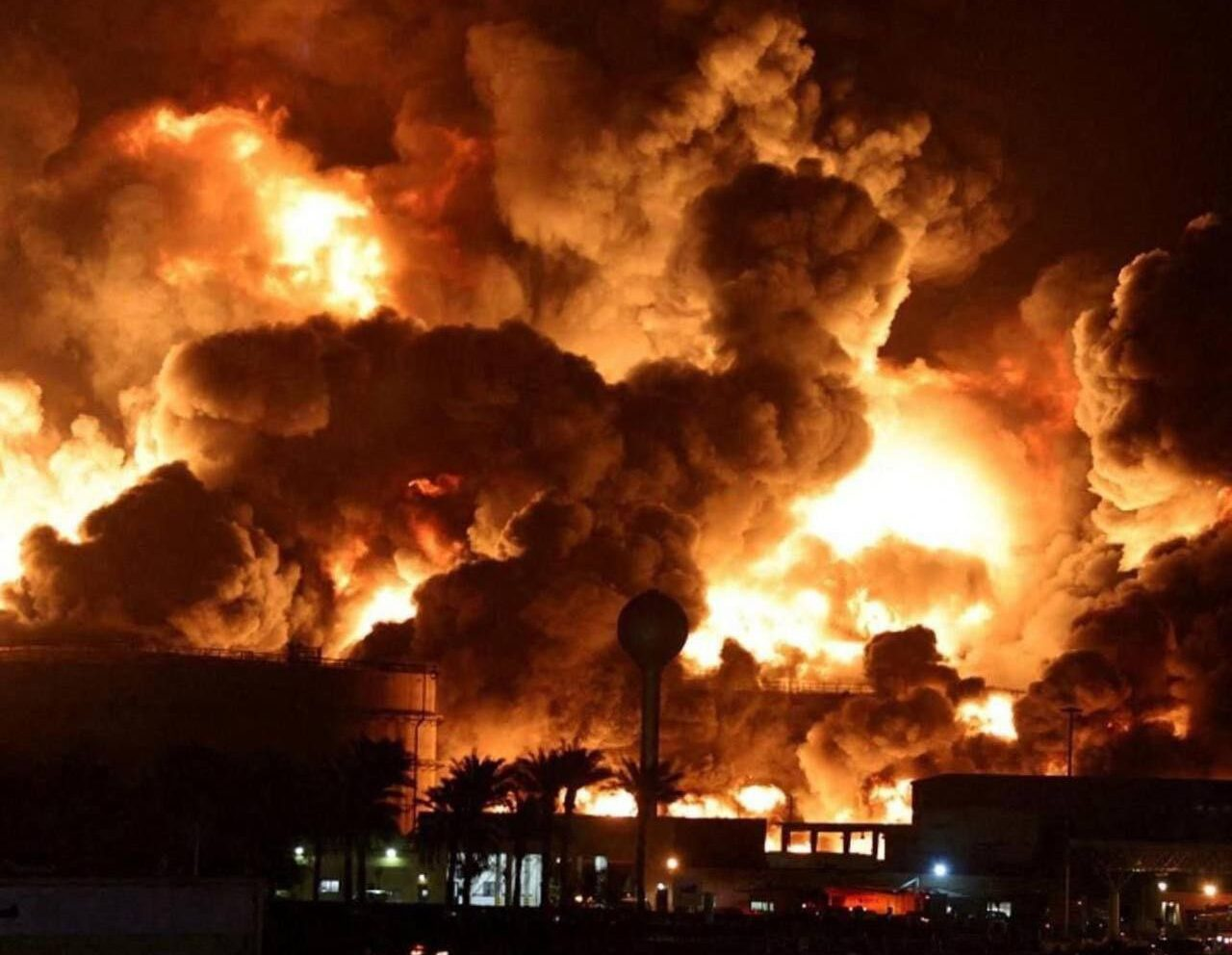
U.S. and British warplanes hit targets in Yemen and Iraq
Geneva, February 7 (RHC)-- The war in Gaza is a “wildfire” that could spread across the region, UN aid chief Martin Griffiths has warned, as Israel’s genocidal war on the besieged territory is entering its fifth month. Griffiths gave “five facts you need to know” about the situation in the war-torn besieged territory, in a social media post on X.
The population of southern Gaza’s Rafah has “increased five-fold” and families – trying to escape Israel’s relentless bombings – are “crammed in shelters and sleeping in the open.” Griffiths warned that the situation in Gaza is a “disaster in the making” targeting public and mental health.
The UN chief also said because of the “massive needs,” “pervasive insecurity” and “persistent access constraint” humanitarian aid alone “is not enough.”
Indiscriminate bombing of densely populated civilian areas and depriving Gaza’s population of the essentials for survival “may amount to war crimes,” he added. “The conflict is a wildfire that threatens to consume the West Bank, Lebanon and the wider region,” he warned.
Last week, The United Nations Security Council raised the alarm at the “dire and rapidly deteriorating humanitarian situation” in the Gaza Strip.
Earlier, Philippe Lazzarini, head of the United Nations Relief and Works Agency for Palestine Refugees in the Near East (UNRWA), questioned whether the agency was “paying the price” for speaking out, as several of its largest donors withhold funding over allegations made by Israel that have yet to be independently investigated.
“Are we paying the price for having been vocal in drawing attention about the plight of people in Gaza, of this humanitarian disaster, unfolding on our watch?” Lazzarini was quoted as saying by the Financial Times.
United Nations Office for the Coordination of Humanitarian Affairs (OCHA) reported in its latest situation report on Monday that intense Israeli bombardment from air, land, and sea continues across much of the Gaza Strip, resulting in further civilian casualties, displacement, and destruction of civilian infrastructure.
OCHA reported the influx of thousands of internally displaced persons into Rafah due to intense fighting in Khan Younis, combined with reports of an increase in strikes in Rafah on Monday and Sunday. It is estimated that Rafah is already hosting over half of Gaza’s population and five times its population prior to October 7th when Israel began its onslaught in the Strip, according to OCHA.
It added that since the war erupted in the besieged territory 67 percent of the Gaza Strip have been placed under Israel’s evacuation orders. This area was home to 1.78 million Palestinians before the start of the war. The report said displaced Gazans face acute shortages of food, water, shelter, and medicine, citing a report by the United Nations Children’s Fund (UNICEF) on Monday which says most of the newly displaced have 1.5-2 liters of water per day to drink cook, and wash.
The UNICEF report also warned of a significant increase in cases of chronic diarrhea among children.
Since the start of the U.S.-backed offensive, the regime has killed close to 27,585 Palestinians, mostly women and children, and injured 67,000 others. Thousands more are also missing and presumed dead under the rubble.

